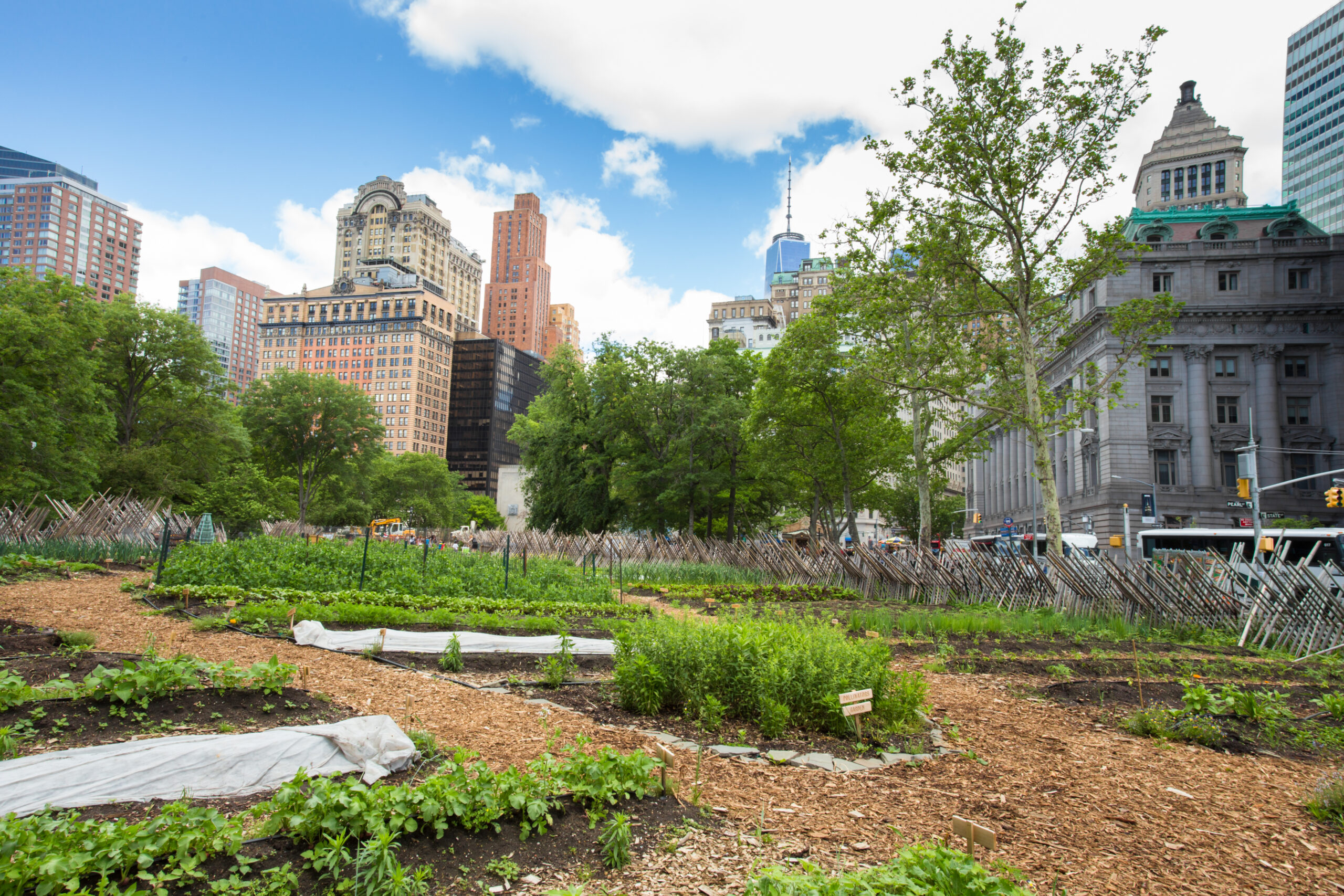The 6-Second Trick For City Blooming
The 6-Second Trick For City Blooming
Blog Article
Top Guidelines Of City Blooming
Table of ContentsThe Best Guide To City BloomingCity Blooming for BeginnersA Biased View of City BloomingThe Definitive Guide for City BloomingIndicators on City Blooming You Should Know
Interested in growing food for sale in the City of Chicago? Below is a listing of regularly asked questions concerning the regulations and laws that farmers must consider when preparing an urban agriculture project.
The zoning amendment does not change any other codes managing composting, building permits, buying or renting City possessed home, service licenses or environmental contamination. There are existing codes that control these issues and they stay completely impact and might be applicable to your job. Area yards are typically had or managed by public entities, civic companies or community-based companies and maintained by volunteers.
Urban farms expand food that is intended to be offered, either on a not-for-profit or for-profit basis. As a result of their commercial purpose, metropolitan ranches call for a service license. Yes. A community garden is permitted to market surplus produce that was grown on site if the sales are accessory or subservient to the yard's main objective defined above.
City Blooming - The Facts
The quantity of compost product can not surpass 25 cubic yards at any given time according to the standards in 7-28-715 of the City's Municipal Code. Due to the fact that the soil at the majority of new garden websites needs amending, compost, dirt, wood chips, or other products can be acquired to create or enhance the growing area.

If a structure authorization is called for then the hoophouse will be thought about an accessory structure. You can figure out even more concerning the building authorization requirements by contacting the Division of Buildings. The 25,000-square-foot size limitation is meant to stop a single community yard from controling a provided block or diminishing the block's existing property or industrial character.
The limit does not apply to yards located in Public Open Space (POS) areas. Can there be even more than one area garden that is 25,000 square feet on a solitary block? Fence is not needed, however, gardens that have big car parking locations might be required to install fence or various other landscape design features.
The Main Principles Of City Blooming
B1 & B2 districts need that all commercial usage activities be conducted indoors. Is fencing required for urban ranches? Fencings might be called for, along with landscape design and screening, for certain auto parking areas and outdoor work or storage space locations depending on location and the specific task taking place.
Urban farms require structure permits and zoning authorizations prior to building and construction (fruit and vegtables). Other kinds of city review might be required depending on particular structures, activities, dimension, landscape design, licensing, public health and stormwater administration issues.
The Department of Organization Affairs and Consumer Security can assist figure out the specific type of company certificate that's called for. Off road parking is required for a lot of business tasks in Chicago. The required number of car parking spaces is based on the number of workers functioning on website and not the square video footage of the growing area.
City Blooming Can Be Fun For Anyone

A city ranch can offer garden compost material generated on site, nonetheless, the procedure has to abide with the laws in 7-28-715 of the Chicago Municipal Code. Aquaponic systems are permitted inside on city farms in numerous zoning districts.
As much as five hives or swarms of honey may be kept as an accessory usage. Nonetheless, beekeepers have to sign up with the Illinois Division of Agriculture. For more details about the proposed zoning modification you may get in touch with the Division of Housing and Economic Development, Bureau of Planning and Zoning at 312.744.8563.
Farming in cities and metropolitan areas A city farm in Chicago. Urban agriculture describes different methods you could check here of cultivating. https://www.pageorama.com/?p=cityblooming, processing, and distributing food in urban areas. The term also applies to the location tasks of animal husbandry, aquaculture, beekeeping, and horticulture in an urban context. Urban agriculture is distinguished from peri-urban farming, which takes area in country locations at the side of suburban areas.
Fascination About City Blooming
, that look for to develop social networks founded on a shared principles of nature and neighborhood holism. These networks can develop by method of official institutional support, ending up being incorporated into regional community planning as a "transition community" activity for sustainable urban growth.
The extra direct accessibility to fresh veggie, fruit, and meat products that may be understood through metropolitan farming can improve food security and food safety and security while lowering food miles, causing reduced greenhouse gas exhausts, thereby adding to climate modification mitigation. A few of the very first proof of city agriculture comes from Mesopotamia.
Report this page